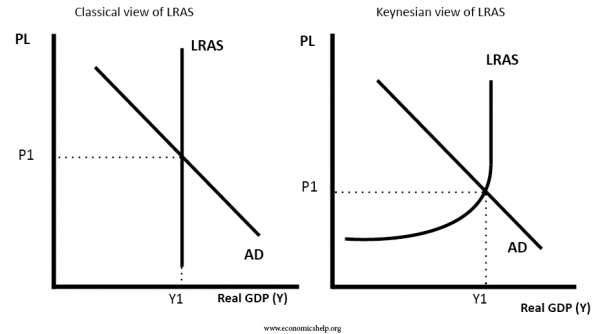|
Short-run equilibrium
Task: Short run equilibrium occurs where AD=SRAS, this may or may not coincide with the full employment level of equilibrium. If AD or SRAS change then so will the price level and the level of real income/output/GDP. You will be given a handout to show short run equilibrium and some tasks in which you will analyse the impact of various scenarios on the economy using AD/SRAS analysis. Equilibrium in the monetarist/new classical model
Task: You will receive another packet to address these objectives and will be practicing drawing graphs and using them to explain long-run equilibrium positions.
0 Comments
|
Archives
March 2021
Maree SpraggonTeacher of IB Economics at the American School of Budapest Categories |

 RSS Feed
RSS Feed
